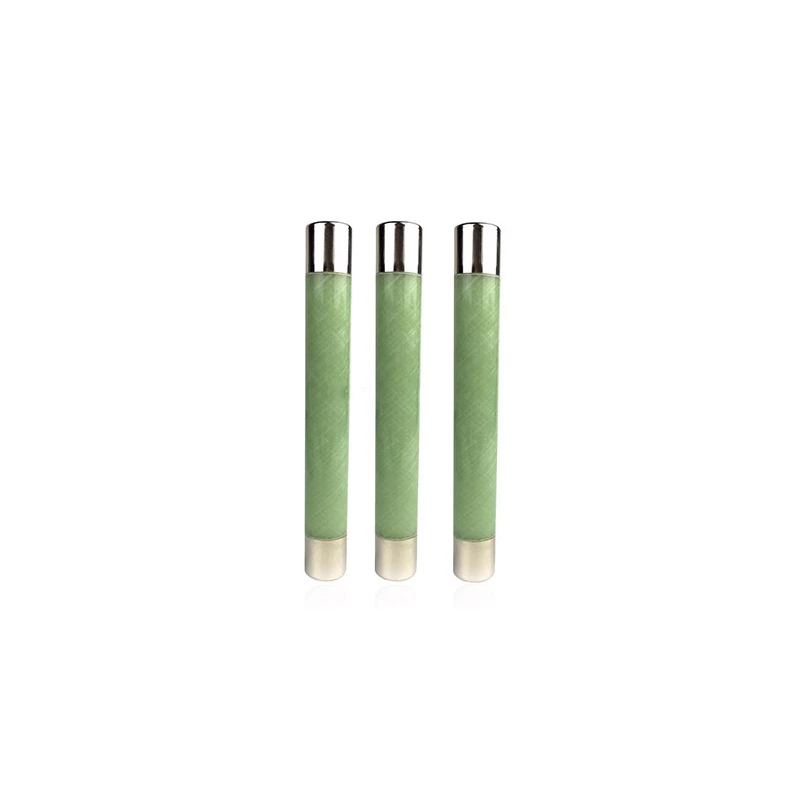Analysis Of The Internal Structure Of Drop-out Fuse: Precision Design Of Power Protection
As an important overload protection device in the power system, the internal structure design of the drop-out fuse integrates the wisdom of electrical engineering and materials science. This article analyzes the internal structure of the device from a professional perspective and reveals its technical connotation as a "safety guard" for power lines.
1. Composition of core functional units
The High Voltage Fuse body adopts a high-strength porcelain insulating tube with a silver-copper alloy fuse precisely installed inside. This metal composite material has a precise melting point characteristic while maintaining high conductivity (typical specifications are 150-200A fusing current). The fuse diameter is precisely calculated to ensure rapid melting within 0.02 seconds when the current exceeds the set threshold.
The arc extinguishing device adopts a layered structure design, which is composed of a gas-generating arc-extinguishing tube and an arc-extinguishing tube. The gas-generating material is made of polycarbonate composite material, which decomposes at high arc temperatures to produce inert gases such as nitrogen and carbon dioxide. Combined with the arc-extinguishing tube with a longitudinal slit design, a multi-level pressure gradient is formed to achieve step-by-step attenuation of the arc.
2. Implementation of dynamic protection mechanism
When a fault occurs, the arc energy triggers the chemical decomposition reaction of the gas-producing material, and the volume of the released gas instantly expands 300-500 times. This air blowing effect forms a high-speed longitudinal airflow, and combined with the specially designed vortex chamber structure, the arc is elongated and cooled within 8-10ms, effectively suppressing the reignition phenomenon. The mechanical tripping mechanism adopts a double spring linkage design to ensure that the melting tube can be reliably dropped within 0.5 seconds, forming a clear air insulation gap.
The melting tube drop angle is strictly controlled within the range of 60-75 degrees. This angle design can not only ensure effective isolation, but also avoid abnormal drops caused by factors such as wind. The impact force of the drop is absorbed by the distributed buffer pad to ensure the reliability of the mechanism for repeated use.

